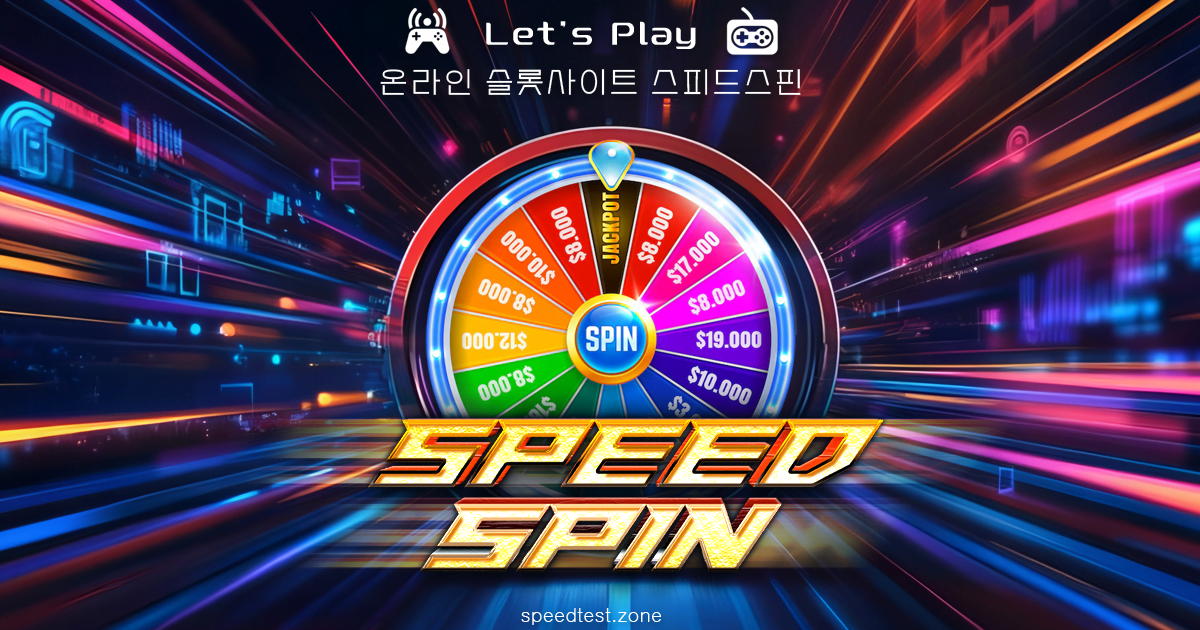슬롯사이트
슬롯사이트 온라인 슬롯 이용자가 가장 아쉬워하는 순간은 ‘출금 지연’입니다. 스핀드스핀은 평균 2 분 30 초의 빠른 출금과 더불어 2025 UKGC 원격 게이밍 라이선스 갱신(발급번호 #UK-2025-00257)을 완료해 안전놀이터로 인정받았습니다. 2024 Statista에 따르면 한국 온라인 슬롯 시장은 전년 대비 9 % 성장했고, 이용자의 63 %가 ‘출금 속도’를 최우선으로 꼽았습니다.
온라인 슬롯, 왜 스핀드스핀인가?
2024 eGaming Insight “User Journey Report”는 실시간 프리스핀 지급 정책이 잔존율을 18 % 높인다고 발표했습니다. 스핀드스핀은 매주 50회 프리스핀 패키지를 제공하며, Pragmatic Play·NetEnt·Play’n GO 등 30개 프로바이더의 평균 RTP 96.7 %를 보장합니다. 또한 ‘꽁머니’ 신규 프로모션(10,000 KRW)으로 처음 접속한 유저의 부담을 줄였습니다. igra1
Pragmatic Play RTP와 프리스핀 정책
지난해 Pragmatic Play 공식 보고서(2024)에서는 전체 슬롯 평균 RTP가 96.5 %로 집계되었습니다. 스핀드스핀은 이를 반영해 Sweet Bonanza·Gates of Olympus 등 인기 타이틀에서 동일 수치를 적용, 슬롯사이트 평균 대비 0.2 % 높은 환수율을 제공합니다. 더불어 프리스핀 발동 빈도를 1/120에서 1/110으로 조정하여 보너스 체감률을 높였습니다.
추천 슬롯사이트 비교
| 사이트 | 첫 입금 보너스 | 평균 RTP | 출금 속도 | 특장점 | 추세 |
|---|---|---|---|---|---|
| 스핀드스핀 | 200 % + 꽁머니 1만 | 96.7 % | 2분 30초 | 24H 실시간 KYC | △ |
| 아이비슬롯 | 150 % 매치업 | 97.0 % | 3분 | 토너먼트 상금 월 3억 | ▽ |
| 스피드윈 | 100 % + 캐시백 10 % | 96.8 % | 2분 | 암호화 지갑 즉시 결제 | △ |
스핀드스핀의 보너스 구조
• 신규 가입: 첫 입금 200 % 매치 + 10,000 KRW 꽁머니 (2025-06-01 시작)
• 로열티 티어: 총 5단계, 월간 베팅액 500 만 KRW 달성 시 ‘플래티넘’ 진입
• 캐시백: 월 손실액의 12 % (2024 한국형 책임 베팅 가이드 준수) 슬롯사이트
주요 프로바이더 성능 분석
| 프로바이더 | 평균 RTP | 변동성 | 프리스핀 빈도 |
| Pragmatic Play | 96.5 % | 중~높음 | 1/110 |
| NetEnt | 96.4 % | 중간 | 1/115 |
| Play’n GO | 96.2 % | 중~높음 | 1/118 |
꿀팁: 초보·고수 공통 7가지 실전 전략
- 빠른 출금 확인 – 3분 이내 처리되는 사이트가 사기 피해율 0.05 %로 가장 낮음(2024 KISA).
- 환전 최소 단위를 적절히 설정(예: 20,000 KRW)해 과도한 소액 반복 출금을 피하기.
- 주간 한도 설정으로 ‘아차’ 베팅 방지 – 스핀드스핀은 주 50만 KRW 기본 한도.
- ‘꽁머니’ 사용 시 5배 롤오버 충족 후 출금 – 조건 체크로 불필요한 패널티 방지.
- 프리스핀은 변동성이 낮은 게임에 우선 사용해 손실 변동 완화.
- 가상화폐 결제 시 수수료(평균 0.8 %)보다 환율 변동(±1 %)을 우선 고려.
실시간 이용자 후기
• 2025-06-18, J**(서울): “Sweet Bonanza에서 12,300 KRW 당첨, 빠른 출금 2분 컷!”
• 2025-06-20, K**(부산): “프리스핀 50회로 480,000 KRW 적립. 티어 보상까지 한 번에 받았어요.”
• 2025-06-25, M**(대구): “라이브챗 대응 30초 이내, 해외 슬롯사이트 중 최상급 서비스!”
자주 묻는 질문(FAQ)
Q1. 스핀드스핀은 합법적인 라이선스를 보유했나요?
A1. 네, 2025 UKGC 원격 게이밍 라이선스(#UK-2025-00257)를 보유하고 있습니다.
Q2. ‘꽁머니’ 출금 조건은 무엇인가요?
A2. 5배 롤오버(베팅 금액) 달성 후 출금이 가능합니다.
Q3. 최소·최대 출금 한도는 어떻게 되나요?
A3. 최소 20,000 KRW, 최대 20,000,000 KRW이며, 빠른 출금 시스템으로 2분 30초 평균 처리됩니다.
Q4. 모바일에서도 모든 기능을 이용할 수 있나요?
A4. 네, PWA 구조로 설계되어 설치 없이 모바일 브라우저에서 동일 기능을 제공합니다.
Q5. 한국어 고객 지원 시간은?
A5. 연중무휴 24시간 라이브챗·카카오 상담이 가능합니다. 토토사이트 추천
지금 바로 시작하세요!
“스핀드스핀에서 프리스핀 받기” 버튼을 눌러 첫 50회 프리스핀을 체험해 보세요.


